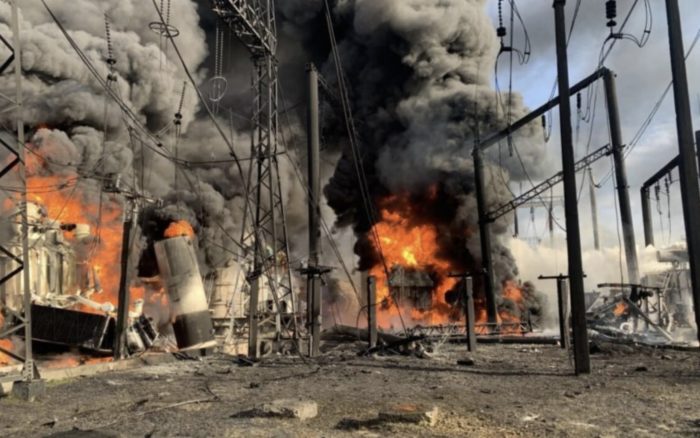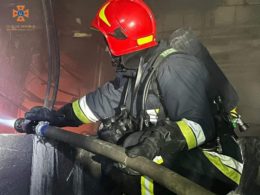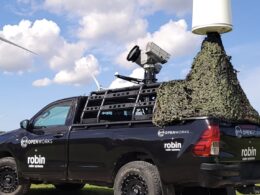The intensity of Russian rocket strikes on Ukraine has shown a significant reduction during the summer months, Suspilne reports. However, experts warn that this decrease could be indicative of Russia's attempt to stockpile missiles for potential attacks on Ukrainian energy facilities. The Ukrainian military's General Staff of Intelligence (GUR) suggests that while massive barrages like those witnessed last year, which saw simultaneous launches of 70 to 100 rockets, are less likely to recur, the risk of targeted strikes remains.
"However, such massive barrages, as was the case last October, November, and December, when they launched 70-100 rockets simultaneously – are most likely not going to happen again. The Russians realize that they may not achieve their goal but instead deplete their reserves, as was the situation last year," noted Deputy Head of GUR Vadym Skibitskyi.
Skibitskyi further emphasized that Russia seems to have grasped the potential limitations of their approach, understanding that their resources could be depleted without achieving their intended objectives, much like the situation experienced last year.
As the situation evolves, GUR anticipates potential shifts in Russia's tactics. Skibitskyi disclosed that Russian reconnaissance efforts are underway, focusing on identifying vulnerabilities in Ukrainian energy facilities and pinpointing anti-aircraft defense systems, likely to determine optimal launch routes for missiles. It's speculated that Russia might opt for a strategy involving 1 to 3 targeted strikes
on a single facility or resort to mass drone and missile attacks.
Ukrainian military officials believe that Russia's strategy will depend on its ability to accurately identify critical targets. While instances of widespread rocket barrages are expected to decline, more precise strikes remain a potential threat.
Colonel Yuriy Ihnat, spokesperson for the Air Force Command, added his insights, suggesting that in future energy facility attacks, Russia might emphasize the use of drones.
"We know that Russia is ramping up its missile production. However, this alone might not be enough to maintain the same intensity of strikes as seen last autumn and winter – with weekly or bi-weekly barrages of 70 to 100 rockets over five months. Therefore, in my opinion, in case of new energy facility attacks, the enemy will likely resort to using strike UAVs more frequently," Ihnat stated.
Insights into heating season readiness
Based on data from the Ministry of Energy, five nuclear blocks generating 4.4 GW of power have undergone maintenance, while an additional four blocks producing 3.4 GW are still in the process of being repaired.
As for thermal power stations, maintenance has been completed or is ongoing for 24 energy blocks, constituting 62% of the total units, with a combined capacity of 4.3 GW.
In terms of central heating plants that play a crucial role in keeping people warm, 70% have undergone repairs, with the remaining 30% currently undergoing maintenance. Similarly, 32 hydroelectric units have been repaired or are currently being maintained, accounting for 68% of the total capacity. This amounts to nearly 1.8 GW of power."





